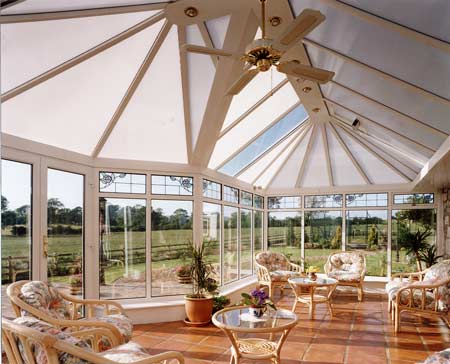Planning Permission and Regulations

Everything you need to know about Planning Permission and Building Regulations for your Conservatory.
For many people, when planning a conservatory, Planning Permission and Building Regulations can be an unwanted concern. By choosing Bahama Home Improvements this is taken out of your hands and you are free to enjoy the exciting parts of researching your conservatory – such as what style will you have, what will the roof be like and how will you use your new living space? With over forty years of planning experience in High Wycombe and ALL of the other local planning authorities we have the product and planning experience to make your dream come true.
What is the difference between Planning Permission and Building Regulations?
Planning Permission and Building Regulations are often confused. Both are the responsibility of the Local Authority and basically, Planning Permission takes into consideration the aesthetic effect of a new building/extension on the surrounding homes and neighbourhood, whilst Building Regulations define how the structure must be constructed in terms of thermal efficiency etc.
Do I need Planning Permission?
We will take care of this for you, but for your information, here is a summary of the basic facts.
Under new regulations that came into effect from 1 October 2008 adding a conservatory to your home is considered to be permitted development, not needing an application for planning permission, subject to the following limits and conditions:
- No more than half the area of land around the "original house"* would be covered by additions or other buildings.
- No extension forward of the principal elevation or side elevation fronting a highway.
- No extension to be higher than the highest part of the roof.
- Maximum depth of a single-storey rear extension of three metres for an attached house and four metres for a detached house.
- Maximum height of a single-storey rear extension of four metres.
- Maximum depth of a rear extension of more than one storey of three metres including ground floor.
- Maximum eaves height of an extension within two metres of the boundary of three metres.
- Maximum eaves and ridge height of extension no higher than existing house.
- Side extensions to be single storey with maximum height of four metres and width no more than half that of the original house.
- Roof pitch of extensions higher than one storey to match existing house.
- No verandas, balconies or raised platforms.
- On designated land* no permitted development for rear extensions of more than one storey; no cladding of the exterior; no side extensions.
- Where work is proposed to a listed building, listed building consent may be required.
- The term "original house" means the house as it was first built or as it stood on 1 July 1948 (if it was built before that date). Although you may not have built an extension to the house, a previous owner may have done so.
- Designated land includes national parks and the Broads, Areas of Outstanding Natural Beauty, conservation areas and World Heritage Sites.
- You may also need to check if your house is a 'new build' as developers sometimes place restrictions on them.
Visit the Planning Portal - The Planning Portal is the UK Government's online planning and building regulations resource for England and Wales.
Will my conservatory need to satisfy Building Regulations?
Building regulations will generally apply if you want to build an extension to your home. However, conservatories are normally exempt when they meet a number of conditions:
- They are built at ground level and are less than 30 square metres in floor area
- At least half of the new wall and three quarters of the roof is either glazed or translucent material
- The conservatory is separated from the house by external quality door(s).
- Glazing and any fixed electrical installations comply with the applicable building regulations requirements
You are advised not to construct conservatories where they will restrict ladder access to windows serving rooms in roof or loft conversions, particularly if any of the windows are intended to help escape or rescue if there is a fire.
Any new structural opening between the conservatory and the existing house will require building regulations approval, even if the conservatory itself is an exempt structure.
For Patio door security click here
Please note that requirements in Scotland, and to a lesser extent, Northern Ireland are different to those in England and Wales.
Customer Recommendation: "Excellent service backed by superb product. Have used them before on two properties. Will use them again!"





 Bahama
Bahama